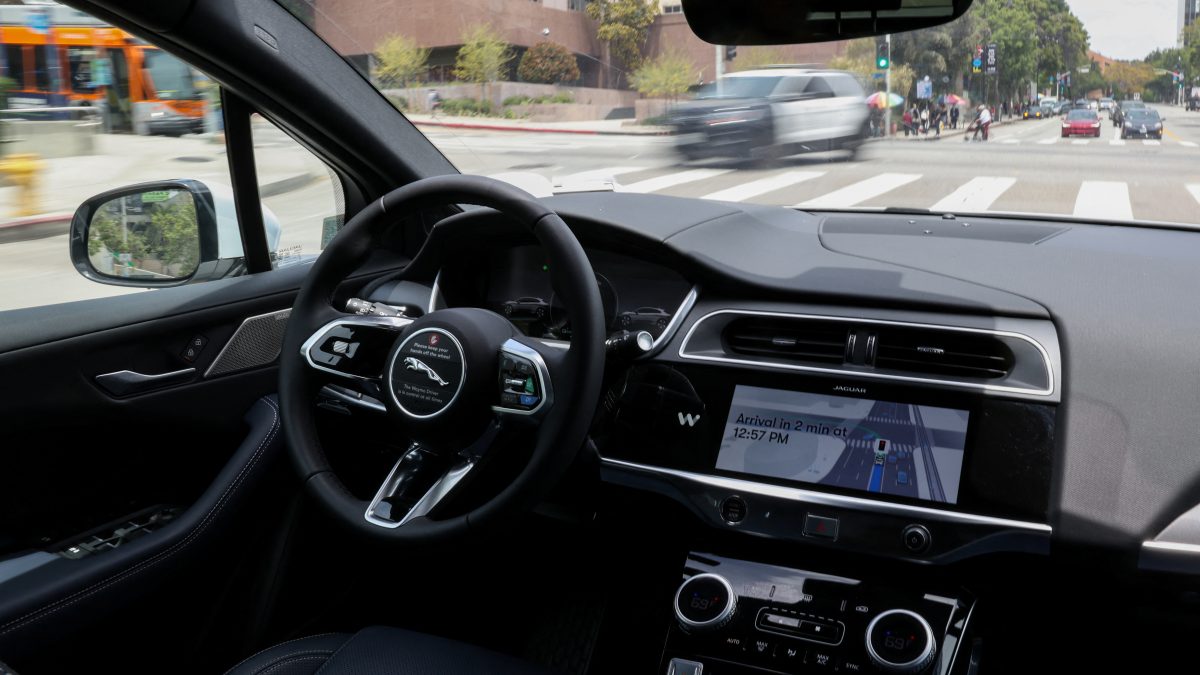The Indian Space Research Organisation (ISRO) achieved a significant milestone on Friday as it successfully conducted the landing mission of its Reusable Launch Vehicle (RLV) named ‘Pushpak’ from the Aeronautical Test Range (ATR) in Challakere near Karnataka’s Chitradurga. The launch was attended by ISRO chairman S Somanath and other senior officials.
“ISRO nails it again! Pushpak (RLV-TD), the winged vehicle, landed autonomously with precision on the runway after being released from an off-nominal position,” the space organisation posted on X.
RLV-LEX-02:
— ISRO (@isro) March 22, 2024
The approach and the landing. pic.twitter.com/hI9k86KiBv
“The winged vehicle, called Pushpak, was lifted by an Indian Airforce Chinook helicopter and was released from 4.5 km altitude. After release at a distance of 4km from the runway, Pushpak autonomously approached the runway along with cross-range corrections. It landed precisely on the runway and came to a halt using its brake parachute, landing gear brakes and nose wheel steering system,” ISRO said in a statement.
This experiment marked the third flight of Pushpak, part of a series of tests aimed at refining its robotic landing capabilities under more complex conditions. While the operational deployment of Pushpak is still years away, this achievement underscores India’s ambitious efforts to make access to space more affordable, as highlighted by Mr. Somanath.
Impact Shorts
More ShortsRLV-LEX-02 Experiment:
— ISRO (@isro) March 22, 2024
🇮🇳ISRO nails it again!🎯
Pushpak (RLV-TD), the winged vehicle, landed autonomously with precision on the runway after being released from an off-nominal position.
🚁@IAF_MCC pic.twitter.com/IHNoSOUdRx
The Pushpak launch vehicle represents India’s pioneering endeavour to revolutionize space access, and its successful landing marks another step forward in this journey. This project, which has been in development for over a decade, saw a significant breakthrough in April last year when Pushpak demonstrated autonomous landing capabilities after being released from an Indian Air Force Chinook helicopter. This accomplishment brought Pushpak closer to achieving its goal of orbital re-entry capabilities.
With an investment of about Rs 100 crore, the Pushpak project not only showcases India’s technological prowess but also lays the groundwork for future missions, including the ambitious vision of establishing the Bhartiya Antariksha Station by 2035.
During Prime Minister Narendra Modi’s recent visit to the Vikram Sarabhai Space Centre, he was briefed by Somanath on the progress of the Pushpak vehicle. The journey of the RLV spacecraft began in January 2012 when its design was approved by the National Review Committee. Subsequently, the first prototype, named RLV-TD (Technology Demonstrator), was developed.
Through advanced supercomputer simulations and the collaboration of institutions like the National Aerospace Laboratory and the Defence Research and Development Organisation (DRDO), significant strides have been made in developing heat-resistant materials to protect the spacecraft during atmospheric re-entry. The maiden flight of RLV took place in 2016, marking a significant milestone in India’s space exploration journey.
(With inputs from agencies)


)

)
)
)
)
)
)
)
)



